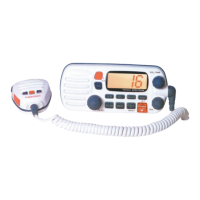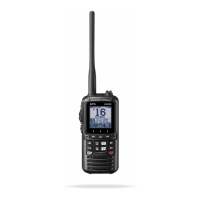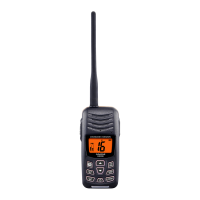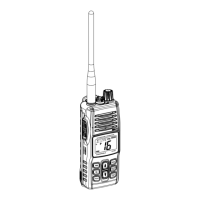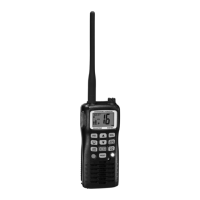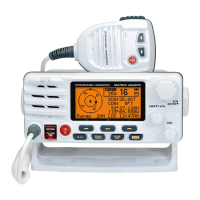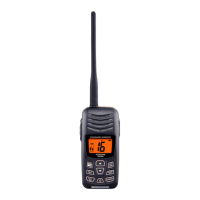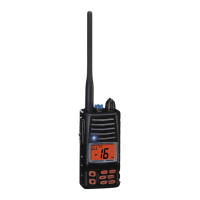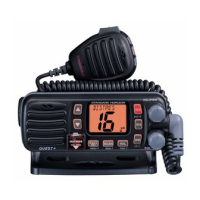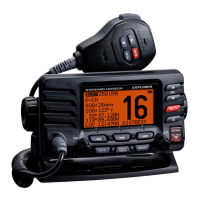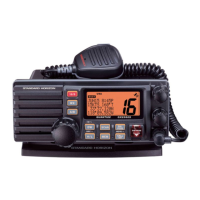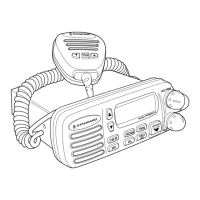Why does my Standard Horizon Transceiver say “HI BATTERY” or “LOW BATTERY”?
- SShannon PetersenJul 29, 2025
If the Standard Horizon Transceiver displays “HI BATTERY” or “LOW BATTERY” when powered on, it indicates that the power supply voltage is either too high or too low. Ensure the connected power supply voltage is neither 24 volts nor lower than 9 volts. Also, verify that the generator is functioning correctly.
